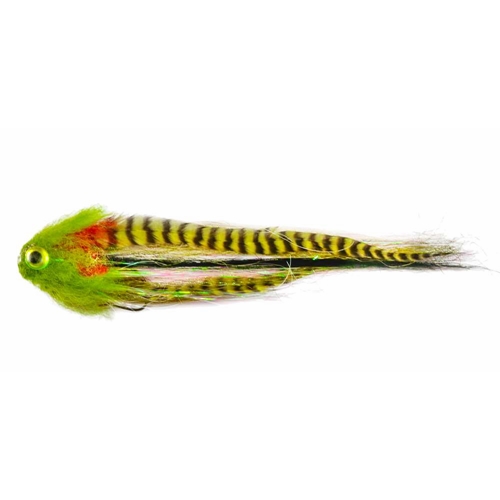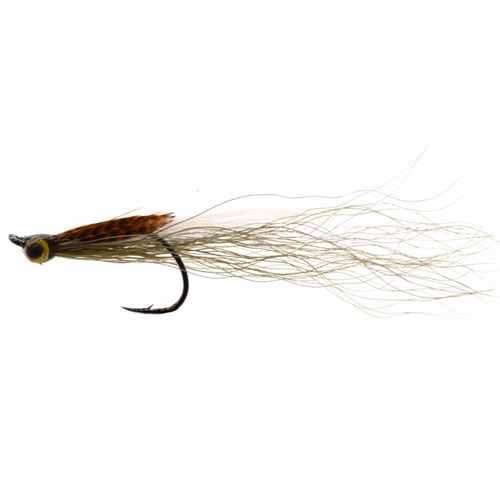Catch and Release Advice
Your Guide To Catch and Release! Keep reading for The Essential Fly top tips on handling fish in hot weather!
It seems these days that the camera has replaced the priest, as more and more anglers look to return their catch rather than kill fish. In many respects this is a great trend as not only are more fish to go round, but in a world of ever increasing prices, generally speaking catch and release permits work out cheaper. And, where wild trout are concerned, it’s important to return our catch so they can go on and spawn future generations. Firstly, whether you plan to return, or kill a given fish, we should respect our quarry. Let’s look at some tips to help take care of your catch.
Let’s look at some tips to help take care of your catch.

- Firstly, always land fish using a landing net, as now they can be held safely in the margins while you prepare to release, or photograph your catch.
- Remember to keep the trout submerged, so its gills can pump oxygen to the vital organs, allowing it to recover quickly. Avoid at all costs hauling fish up the bank and laying them on grass while you fiddle round for your camera.
Using WET hands, unhook the fish. We recommend barbless, or de-barded hooks to reduce damaging the trout’s jaws. Where flies are located deep in the trout’s mouth, or at the back of the throat, a pair of forceps will come in handy. Often, you’ll experience fish that wriggle a lot. One trick here is to turn them upside momentarily as this disorientates them, causing them to lie still for several seconds. Gently covering their eyes with a wet hand has a similar effect too. Now, you can swiftly remove hooks with little fuss, or harm to fish.

If you plan on a taking a quick snap of your catch, again this is best done gently holding the fish partially submerged, or just above the water for a second or two. The idea being that if the fish struggles, it will merely fall into the water unharmed. Posing with trout over grass, or worse still, a hard surface like a dam wall for example should be avoided at all costs. A fish that is inadvertently dropped now will almost suffer internal damage and it would be unfair to release injured fish.

Always try to maintain a light grip on trout, often such a relaxed hold makes the fish feel secure. A common mistake is to clutch fish too tightly, not only will a wild creature sense your nervousness now, chances are it will struggle to be free. The result is we then tighten our grip further that either damages internal organs of a trout, or they wriggle free in an unceremoniously manner. When a fish becomes agitated, it’s best just to let it swim free rather than attempting to hold on.
Once you’ve managed to get the all important photo, lower the trout fully into water, so it’s familiar with its surroundings. If you’ve done everything correctly, it will only be seconds before your catch swims away. Occasionally however, some fish take a little longer to regain strength. These should be gently held until the trout settles down fully. An ever so slightly backwards and forwards motion can help as it creates movement over the trout’s gills to increase oxygen and blood flow.

Despite your best efforts, occasionally the odd trout will go “belly-up”. It’s best now you retrieve the fish and dispatch it in a humane manner. This is done by positioning the fish stomach down on grass and administering two or three firm blows with a priest to the trout’s head, immediately above the eyes. One tip here is to keep the fish in your landing net, so the net’s mesh can be used to firmly hold the fish whilst you dispatch it.

Be Considerate In Hot Dry Spells
Whilst TEF wholeheartedly recommend catch and release, there are times we have to consider the trout’s welfare. Come summer months the amount of dissolved oxygen in water decrease as water temperatures rise. When temperatures reach 20oC and over we should carefully think about going fishing as with less dissolved oxygen now, trout struggle to recover after the rigors of a fight. Not wishing to get too technical about things, we advise anglers to carry a thermometer in summer, and regularly take water temperatures. It goes without saying, once the mercury hits 20 degrees C or higher, one should refrain from fishing.
Finally, we suggest you try and play trout a little harder when practicing catch and release as this prevents a build of lactic acid that is potentially dangerous when trout recover. Playing fish relies on two things, 1: using adequate tippet material and 2: employing various rod angles when playing fish.






















